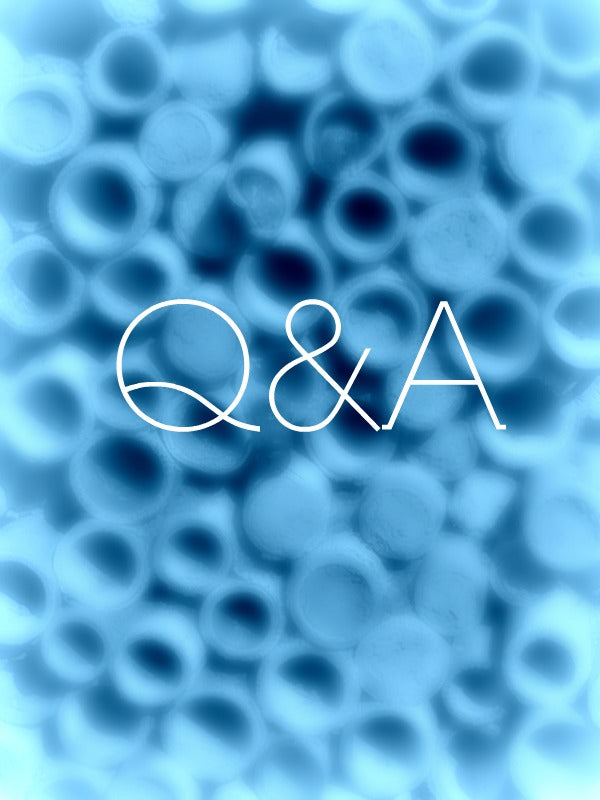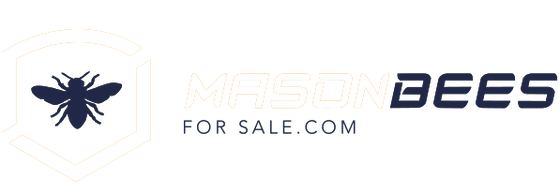Solitary Bee Basics
Did you know 75% of our food supply is pollinated by pollinators? Due to urbanization and pesticides their habitat has been stripped from them; WE NEED BEES to survive, protect our environment and sustain our food supply! We have listed the solitary bee basics below. Click on the links in each section for more detailed information.

Types of bees:
There are over 150 different species of Osmia bees in North America and over 30,000 different types of bees. The greater the diversity of bees the greater the pollination in an area. Bees vary in size, tongue length, ways of extracting and carrying pollen, life cycles, and dietary preferences.
Here at masonbeesforsale we focus on five different species of the Osmia family of bees:
Blue Orchard Mason Bee (Osmia Lignaria)
Alfalfa Leafcutter Bee (Megachile Rotunda)
Sunflower Bee (Megacile Pugnata)
Californica Bee (Osmia Californica Bee)
Texana Bee (Osmia Texana Bee)
We will post some information on the Honey Bee here.
Stingers (or lack of)
Hearing the term bees most people have a buzzing image of black and yellow come to mind, possibly with the memory of a painful sting not far behind it. Though this is the most common description of bees it isn’t very accurate when it comes to solitary bees (non-colonizing bees).
Wasps are aggressive carnivores and usually the culprit of the fear associated with bees. Honey bees colonize and sting to protect their hives, but as a general rule they are gentle and would rather not sting.
Solitary bees (all the bees we sell) are gentle non-aggressive bees, without a hive to protect they are even gentler than the honey bee. Most of the bees don’t even have stingers! Only 30% of solitary bees even have stingers (the females). Even the females with stingers don’t sting unless being smashed or directly threatened. They usually don’t sting even when being handled. Their sting is also much less painful than that of a honey bee. There is no need for special protective equipment. This makes solitary bees pet and kid friendly!




Solitary Bee Life Cycle:
Osmia bees are tunnel nesting bees. They hatch at varying times during the growing season depending on the species of bee (for more specific times of hatching see the pages for individual bees).
Once they hatch they mate and the females begin finding a nest. Once she decides on a tube or nest hole she will fly in a zig zag motion and memorize it’s exact location. She will also clean the tube of dust and debris and mark it with a pheromone to warn other bees the tube is in use. After this process she will fly off in search of proper nesting materials. Blue Orchard Mason Bees need clay where as Alfalfa Leafcutter bees like soft flexible leaves.
The bee will then begin collecting pollen and nectar that will feed her offspring. The mother bee may take up to 75 different flower visits to collect enough pollen for one trip back to the nest and will take between 15-40 trips for one egg. That is a lot of pollination! Once there is enough pollen she will lay down some nectar and lay one egg. She then builds a wall completely enclosing her egg. She will repeat the process again until the tube is full then she will move on to another tube. This happens until the mother bee dies.
The eggs will then mature inside the tube over the winter and will be available to pollinate the next season.
What if I want more than one type of bee?
The bees in the Osmia family are classified as solitary bees. This means they do not colonize like the honey bee. They work as individuals pollinating and laying their eggs in tubes. Females have no interaction between other bees or their own offspring after laying their eggs. Solitary bees are gregarious, meaning they have a tendency to nest near each other. Allowing multiple types of bees to use the same nesting area (bee house). As long as there are blossoms, and enough nesting materials multiple species of bees will inhabit the same house without any problems.
What if I already have honey bees?
Solitary bees will also get a long next to a Honey Bee hive. They are similar to Ducks and Geese in a pond. As long as there are blossoms to pollinate all the bees will be happy.


Solitary Bee Maintenance:
There is very little maintenance required for bees in the Osmia family. You can have awesome pollination and help the environment for only a couple hours of maintenance a year.
In the early spring it is time to set up the bee house and release the bees. The bees do all the work during the spring and summer. Just be sure to use good gardening practices and avoid pesticides. When fall comes around either cover or take down the house and store it in a cold place to protect it from predators for the winter. Winter is the time to order more tubes and bees if needed.
If you spend a few minutes a couple times a year you will be able to enjoy more, better tasting fruits and vegetables. Enjoy!
Nesting Materials:
Here at masonbeesforsale.com we carry all the materials you’ll need for a nest of healthy pollinators! It is important to not only have bees but to have a home for them to work their magic in. Tunnel nesting bees require tubes or tunnels to lay their larva. In the wild they nest in holes in dead trees, underneath rocks,in the hollow stems of twigs or in bark crevices. The lack of natural nesting areas limits the quantities of these bees in the wild. We have a post here explaining the reason we recommend using phragmite reeds.
We suggest having five empty tubes per full tube of bees for each season. If you notice there aren’t many empty tubes left during the season congratulations! That means your bees have been busy and like your nesting area. To make sure they continue to stay in the area put up another house next to your current house.
Besides empty tubes some bees require clay (Blue Orchard Mason Bees and Sunflower Bees), Alfalfa Leafcutter Bees need soft leaves (usually abundant in a garden) and all bees require blossoms to pollinate.

Q&A and Trouble Shooting:
We want you to be successful with your bees. As such we have put together a list of commonly asked questions. If you need further assistance please let us know our email is info@masonbeesforsale.com
Contact us
At Mason Bees, we are here to answer any questions you may have. Whether you are interested in any of our products for you own personal garden or for your orchard, we have a solution for you. Feel free to reach us directly and we will respond as soon as possible.
Phone number: 8016489035
Email: masonbeesforsale@gmail.com
Address: Mason Bees LLC,
10090 N HIGHWAY 38, DEWEYVILLE UT 84309, United States
Get Mason Bees
Boost your garden's productivity by providing a Mason Bee House for peaceful, non-stinging bees. As bee populations struggle, home gardeners can play an important role in attracting bees and other pollinators
News & Updates
Sign up to get the latest on sales, new releases and more …
© 2025 masonbeesforsale.com. Designed by Out of the Sandbox. Powered by Shopify



